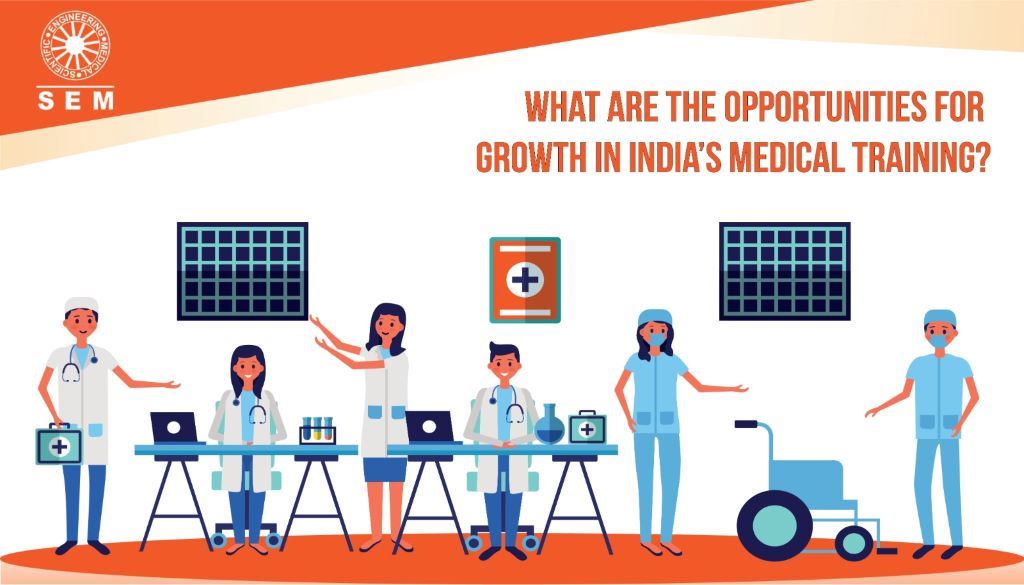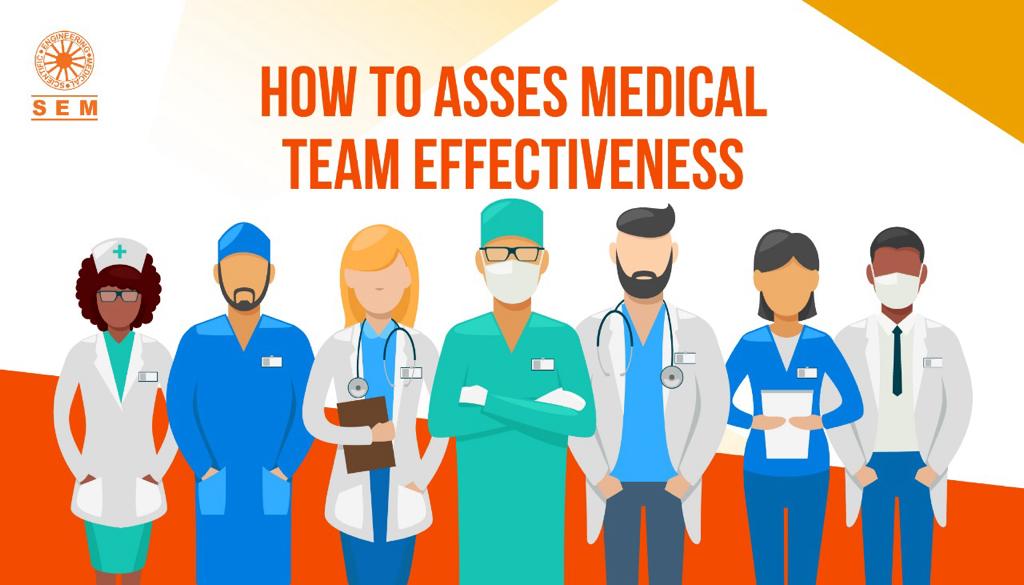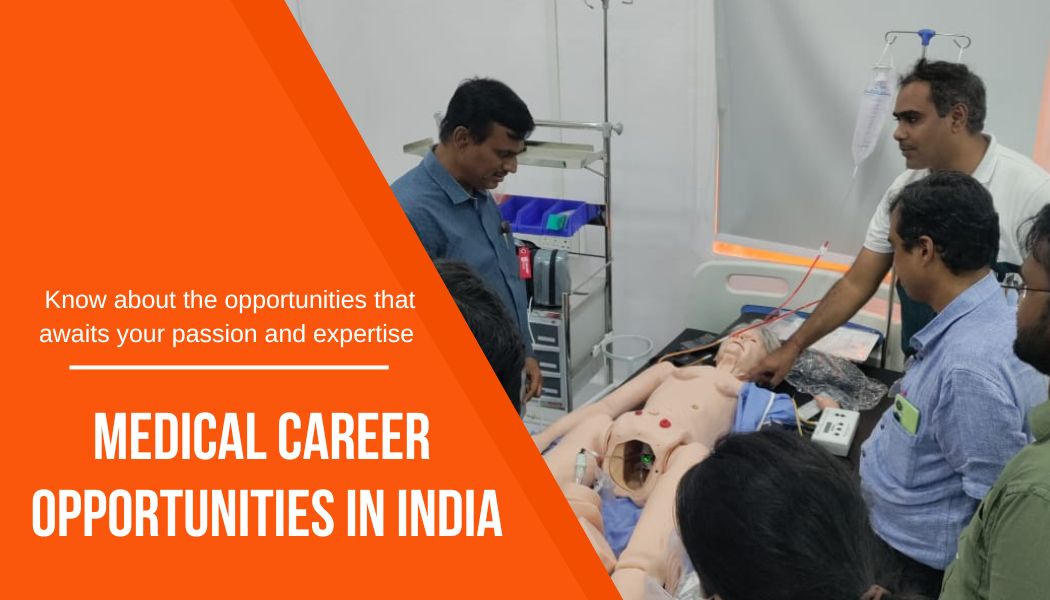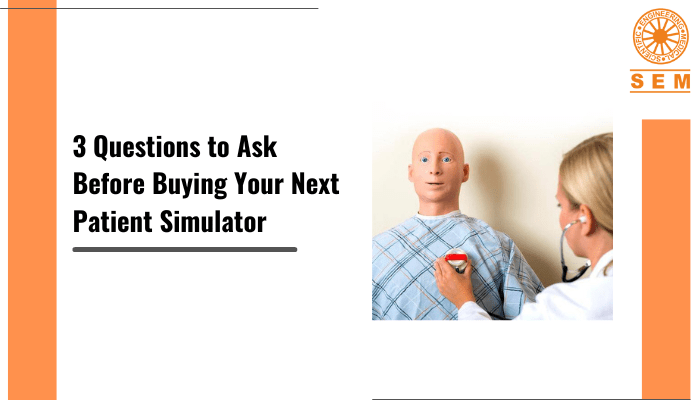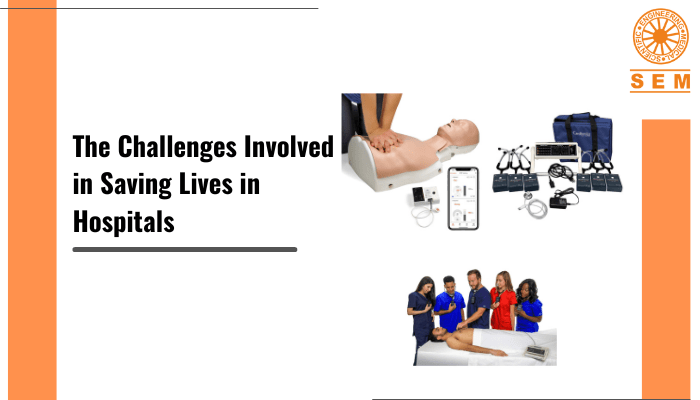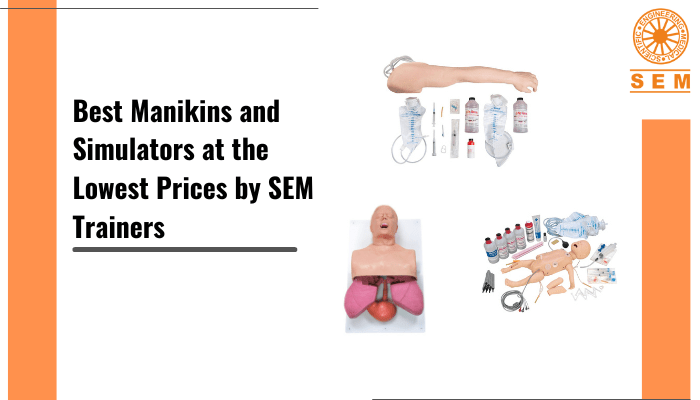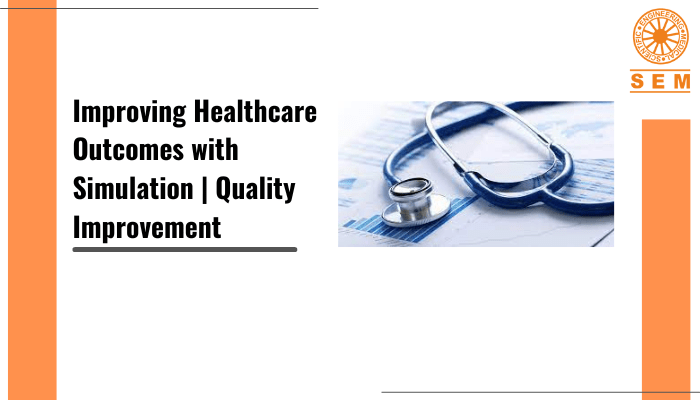Why Indian Medical Colleges Are Turning to Simulation-Based Training
Why Indian Medical Colleges Are Turning to Simulation-Based Training
Medical education is evolving rapidly, and Indian colleges are embracing simulation-based training to enhance student learning. As healthcare grows more complex, the demand for well-trained professionals with practical skills has skyrocketed. Simulation-based training is bridging this gap, offering a modern, effective approach to preparing medical students.
The Need for Simulation-Based Training
Traditional methods of learning often rely heavily on theoretical knowledge and limited real-world exposure. With increasing patient loads and fewer opportunities for hands-on training, medical students face challenges in developing critical skills. Simulation-based training provides a safe, controlled environment where students can practice procedures repeatedly without risking patient safety.
This approach is particularly valuable in high-stakes scenarios like resuscitation, intubation, and emergency care, where precision and quick decision-making are crucial.
Benefits of Simulation-Based Training
- Risk-Free Practice: Students can learn complex procedures on advanced manikins, eliminating the fear of making mistakes on real patients.
- Repetition for Mastery: Frequent practice ensures that students build confidence and refine their techniques.
- Exposure to Diverse Scenarios: Simulated environments can replicate rare and critical medical cases, giving students experience beyond standard clinical settings.
- Teamwork and Communication: Many simulations are designed to foster collaboration, helping students work effectively in teams under pressure.
Why Indian Colleges Are Adopting It
- Growing Focus on Patient Safety: Simulation-based training minimizes errors and enhances patient outcomes, aligning with global healthcare standards.
- Technological Advancements: Affordable and advanced simulation tools are now available, making it easier for colleges to implement them.
- Competency-Based Medical Education (CBME): With CBME guidelines emphasizing skill-based learning, simulation is becoming a cornerstone of medical education in India.
- Global Standards: Indian colleges are adopting simulation to align with international benchmarks, ensuring their students are competitive worldwide.
Simulation-based training is revolutionizing medical education in India. By providing hands-on experience in a controlled setting, it equips students with the skills and confidence they need to excel. At SEM Trainers and Systems, we’re proud to support this transformation with cutting-edge simulation tools tailored to the needs of Indian medical colleges. The future of healthcare education is here, and it’s powered by innovation.


